Peas: Important Facts, Health Benefits, and Recipes
Explore the world of peas with this ultimate guide, covering nutrition, health benefits, types, and culinary uses for a healthier lifestyle and diet.
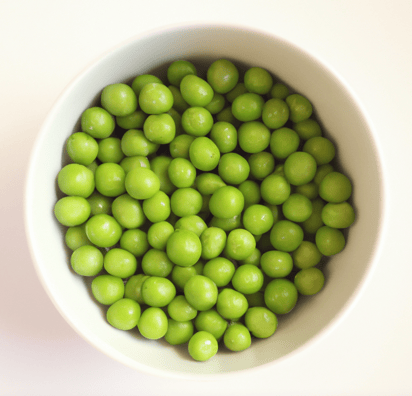
Nutritional Facts
1 cup
Amount per serving
Calories
117.4
Carbohydrates
21 g
Fat
0.6 g
Protein
7.9 g
Saturated Fat
0.1 g
Sodium
7.2 mg
Fiber
8.3 g
Sugar
8.2 g
Best Peas Recipes
-
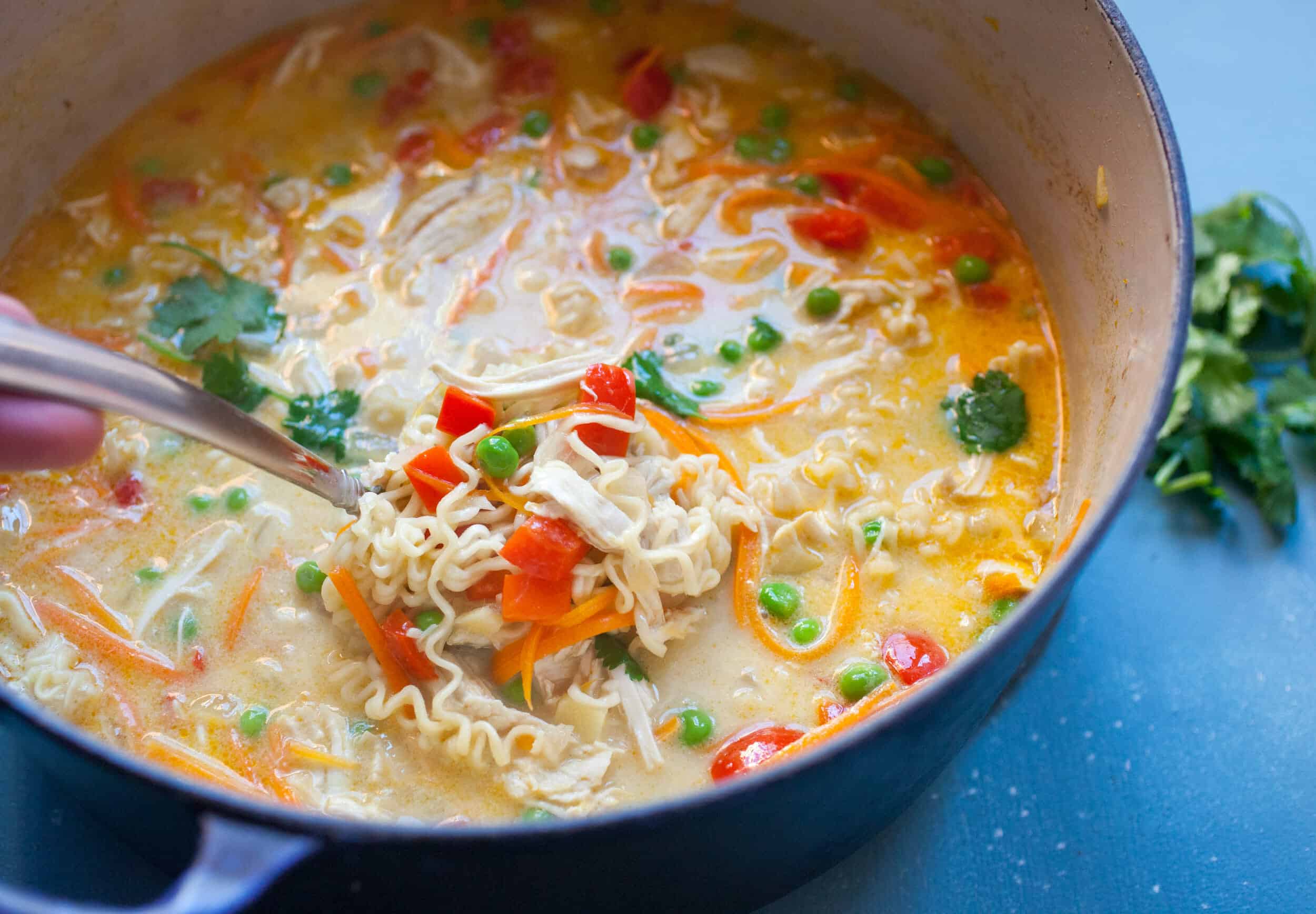
-
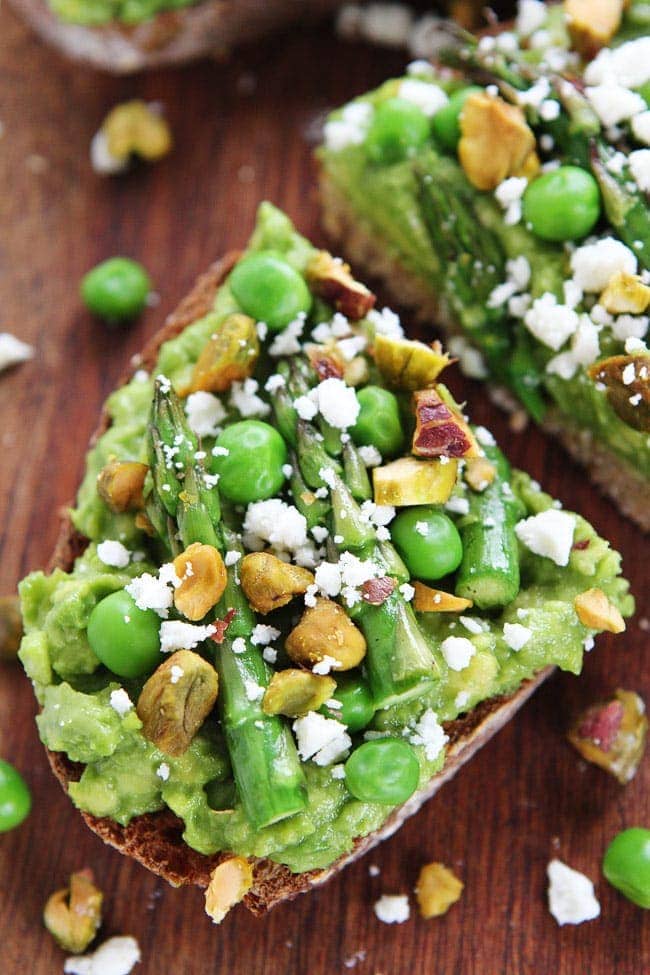
-
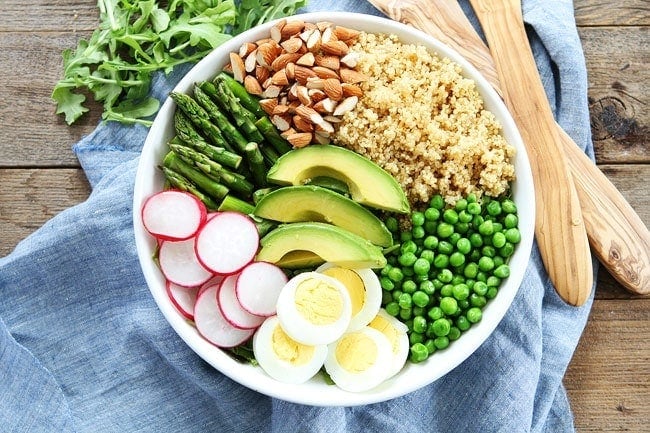
-

-
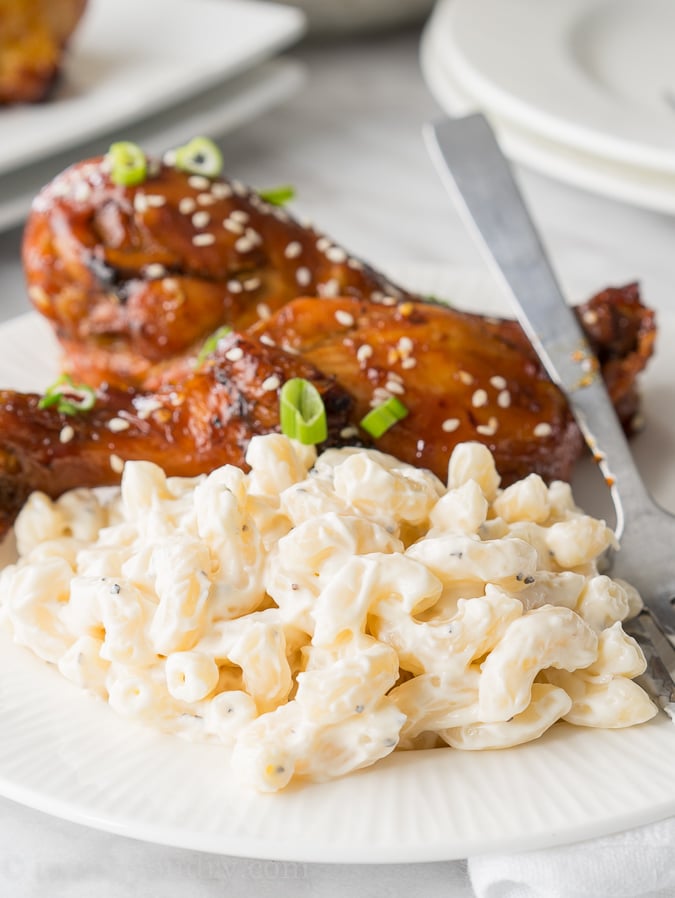
-

-
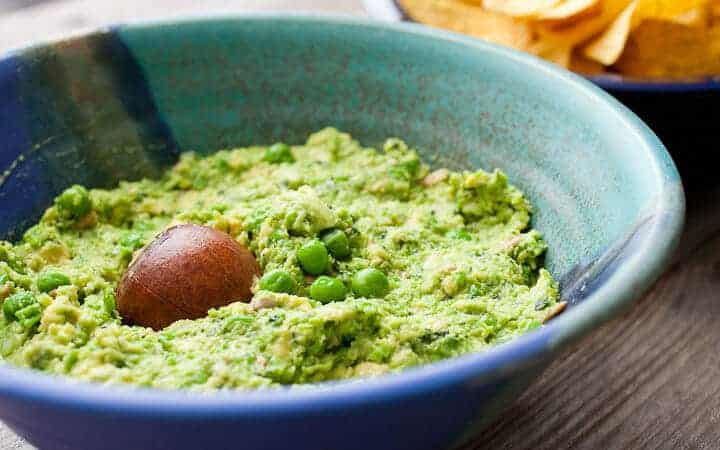
-
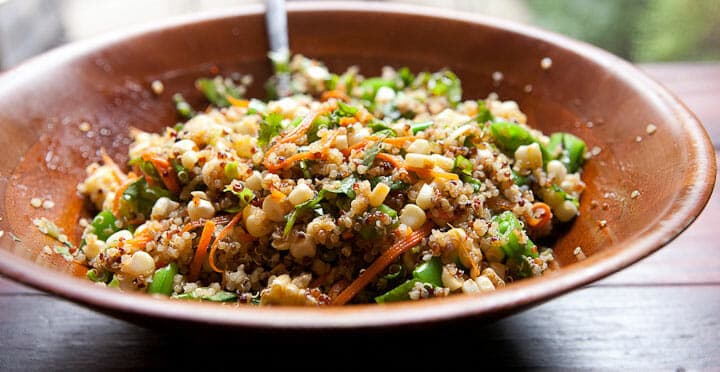
-
![Quick and Easy Ham Lemon Orzo with Parmesan and Peas Image]()
-
![Quick and Easy Lemon Orzo with Parmesan and Peas Image]()
-
![10 Minute Ranch Tortellini Pasta Salad Recipe Image]()
-
![The Secret to Ham Fried Rice Image]()
-
![Chicken Wild Rice Soup with Leeks Image]()
-
![Cheesy Ground Beef and Rice Fried Cakes Image]()
-
![Savory Chicken Pot Pie Image]()
-
![Pomegranate Raspberry Dressing Salad Image]()
-
![Coconut Curry Chicken and Rice Casserole Image]()
-
![Teriyaki Veggie Bowls Image]()
-
![Summer Chicken Image]()
-
![Asparagus Pesto Primavera Image]()
-
![Chicken Fried Rice Image]()
-
![Korean BBQ Beef Image]()
-
![Sweet Potato Pot Pie Image]()
-
![Butter Leaf Salmon Salad with Peas and Eggs Image]()
-
![Chicken Curry Crock Pot Lentil Soup Image]()
-
![Turmeric Ginger Farro Baked Tilapia Image]()
-
![Best Potato Salad Image]()
-
![Pineapple Baby Shrimp Farro Fried Rice Image]()
-
![Pasta Primavera Image]()
-
![Classic Minestrone Soup Image]()
-
![Amazing Vegan Mac and Cheese Image]()
-
![Extra Vegetable Fried Rice Image]()
-
![Simple Goat Cheese and Egg Toasts with Fresh Peas and Dill Image]()
-
![Pesto Potato Salad Image]()
-
![Three Pea Ginger Tofu Stir Fry Image]()
-
![Easy Pizza Topped Hamburger Pie Image]()
-
![Ground Beef and Potatoes Skillet Image]()
-
![Spring Brunch Salad with Caramelized Bacon and Poached Egg Image]()
-
![Healthy Cauliflower Fried Rice (15 Minutes) Image]()
-
![Savoy Cabbage Salad Image]()
-
![Lemon Dill Shrimp, Zucchini and Peas in 15 Minutes Image]()
-
![Veggie Mac and Cheese Muffins Image]()
-
![Asparagus Salad Image]()
-
![Shrimp Fried Rice with Oyster Sauce Recipe Image]()
-
![Tuna, Cheese, and Rice Casserole Recipe Image]()
-
![How to Make Basic Mexican and Spanish-Style Red Rice Image]()
-
![Skillet Chicken with Cheesy Orzo and Zucchini Recipe Image]()
-
![Broccoli Salad Recipe Image]()






















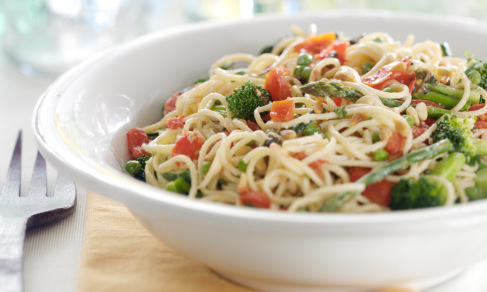

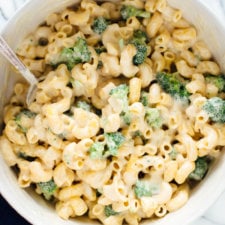




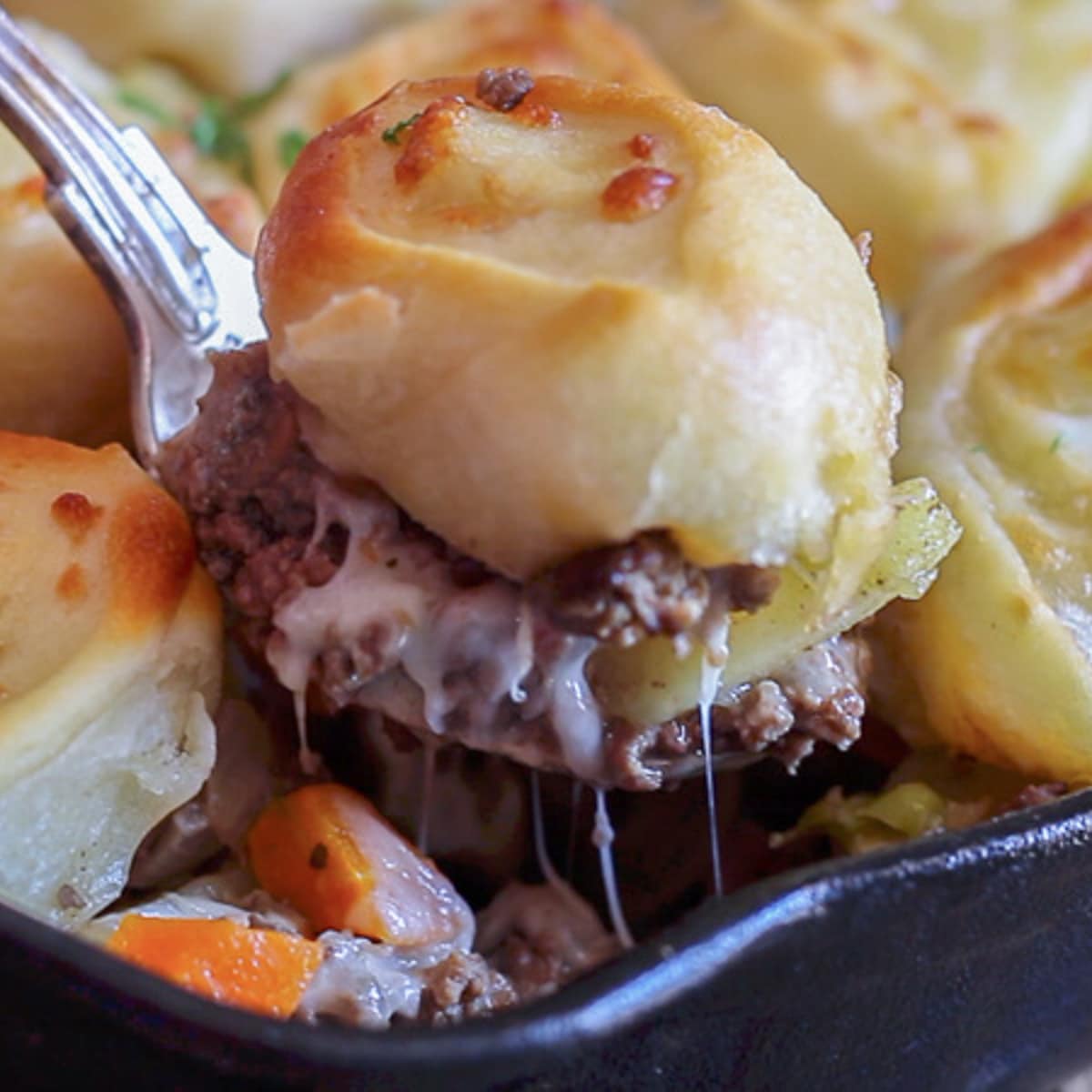
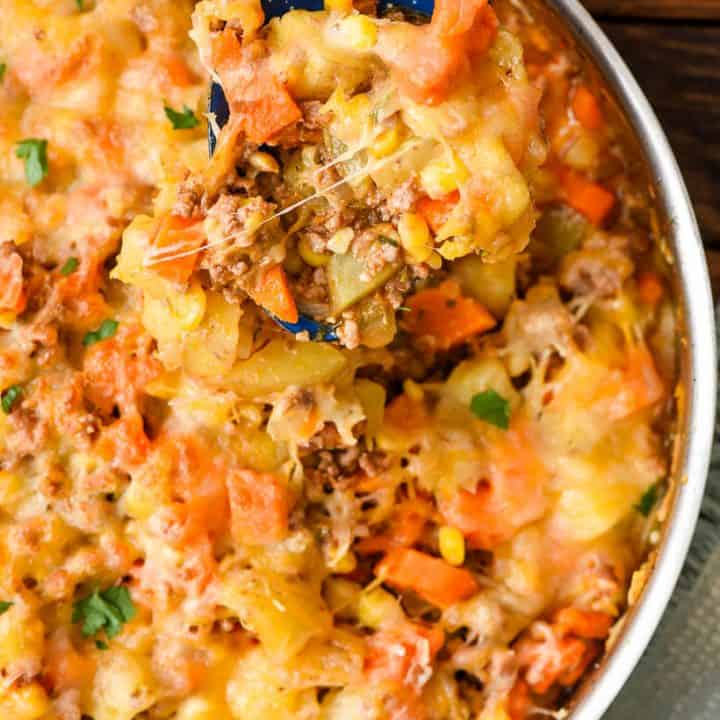

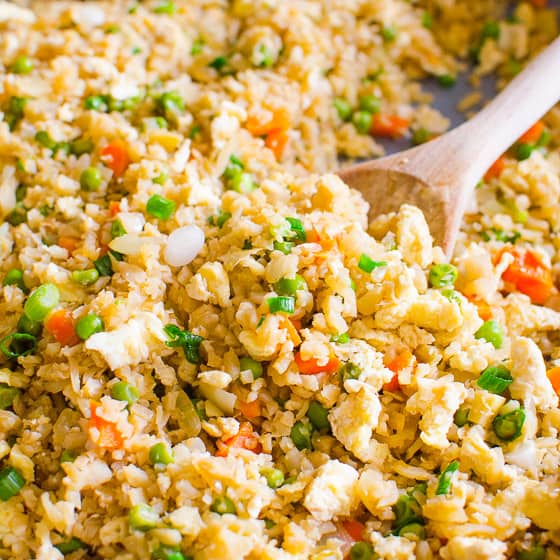
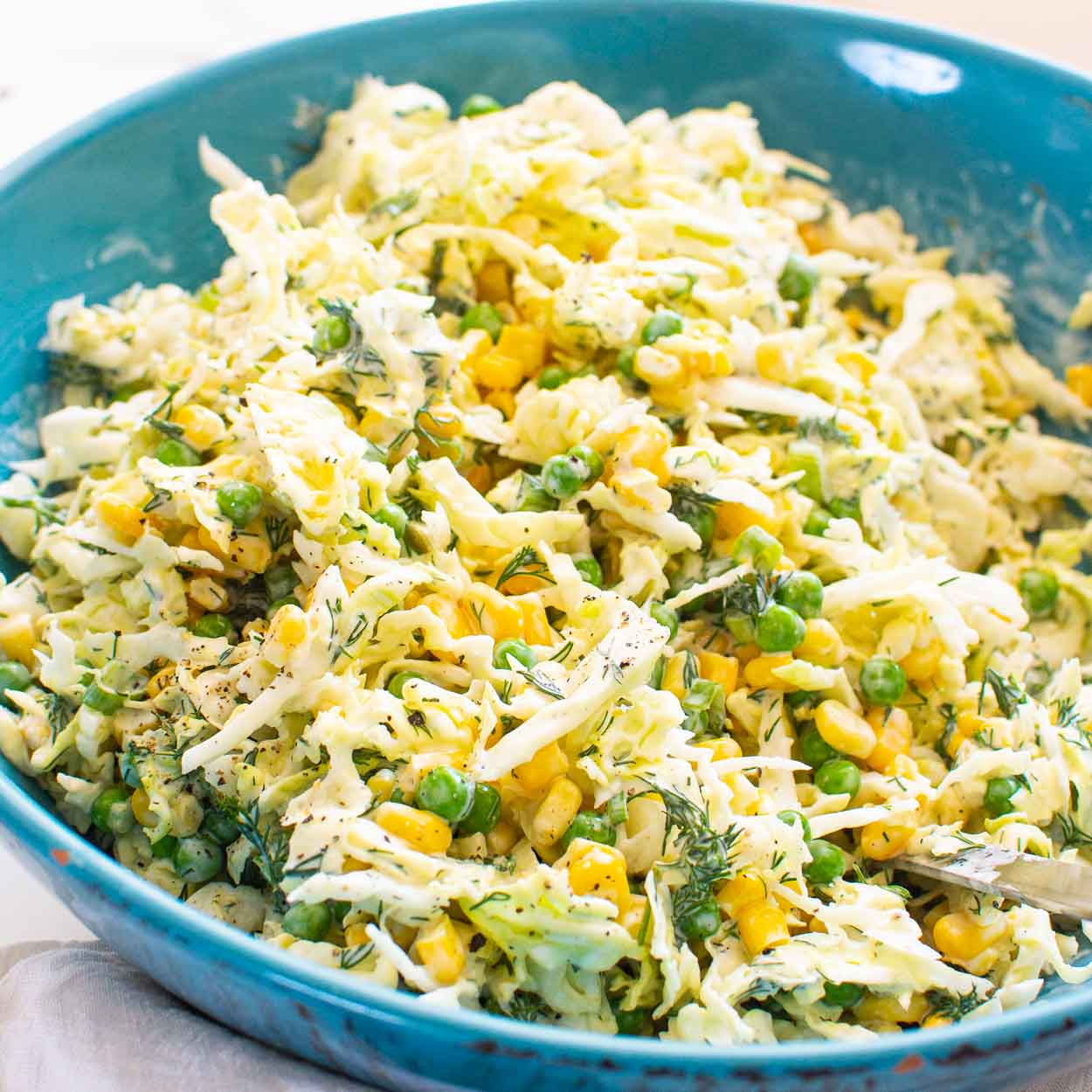
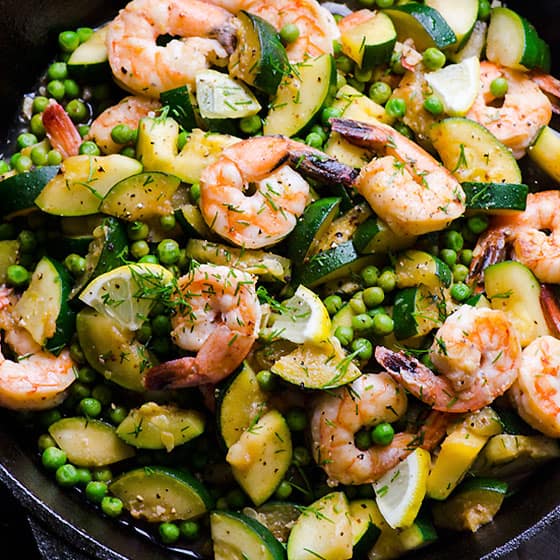

/AsparagusSaladSpruce5-0bc8125e45534931897351c45ad0b252.jpg)
:max_bytes(150000):strip_icc()/shrimp-fried-rice-695182-hero-01-73616c051aed417191e43706efd3c10d.jpg)
:max_bytes(150000):strip_icc()/tuna-rice-casserole-72016-578fea1b5f9b584d205ffb30.jpg)
:max_bytes(150000):strip_icc()/SES-easy-mexican-or-spanish-rice-2342876-hero-01-382f2dba6eb2495e9eec0e576d4a51ba.jpg)
:max_bytes(150000):strip_icc()/__opt__aboutcom__coeus__resources__content_migration__simply_recipes__uploads__2018__07__Skillet-Cheesy-Chicken-LEAD-HORIZONTAL-8b40bc1d36b7460081918631ab1bf342.jpg)
:max_bytes(150000):strip_icc()/Simply-Recipes-Broccoli-Salad-Leads-8839-b0ff9ccb037346e2b01c036e06e8f686.jpg)